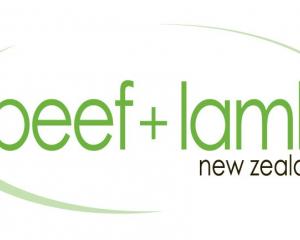
After being denied resource consent last year due to insufficient supporting information, the miner is taking no chances this time, with specialist reports galore and a raft of mitigation offered, from mining in strips, to noise bunds and reduced operating hours.
TiGa Minerals’ application to the West Coast Regional Council comes with a raft of specialist advice on everything from screening the site to protecting Westland petrels, which nest nearby.
It proposes pumping sand ore to a processing plant in the southwest of the site, extract heavy mineral concentrate and return the unmineralised sand to the mining void.
In an economic assessment, Sense Partners said it would generate $63 million of export earnings annually.
"To provide a sense of context, the entire Grey District’s goods exports were $137 million in 2022, and the West Coast region’s goods exports were $761.3 million. So the mine would significantly boost the Grey District’s goods exports (by 46% per year)."
Mining would progress in 100m-by-300m strips, from west to east, starting in the southwest, to a depth of up to 9m.
The mine pit area would measure 3 ha, including 0.5 ha of stripping ahead of the mine pit and 0.5 ha of active rehabilitation behind it.
The processing plant area would be 3.5 ha in area.
Altogether, the mine site covered 63 ha, including land owned by Nikau Deer Farm Ltd on the Barrytown Flats.
The heavy mineral concentrate would be trucked either north to Westport or south to Greymouth, for direct export or further processing.
TiGa said it would create 47 fulltime jobs.
The mine would operate from 7am to 10pm, seven days a week, while the plant would run 24 hours a day, seven days a week.
During December and January — the peak fledgling period for the Westland petrel — mining may start and finish earlier, to stop lights disorienting them.
It is proposed to truck out 250,000 tonnes of material each year — an average of 25 truckloads each day.
Trucking would start from 5am and continue through to 10pm, but would not go near the Westland petrel colony during hours of darkness.
The ecological assessment recommends a 1.8m-high 13m-wide permanent bund with planting, parallel to State Highway6 for visual screening, as well as a 4.5m-high temporary bund around the northeastern side of the processing plant area and a 10m-wide band of planting along the open coastline in the southwest corner.
Experts Glasson Huxtable, in a report commissioned by TiGa, said the project would have a "low level of effect on landscape character".















